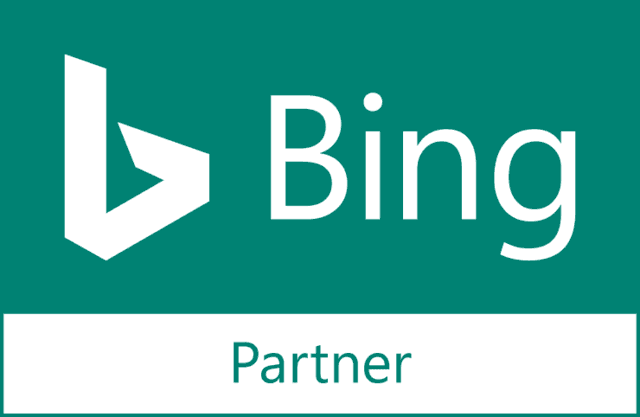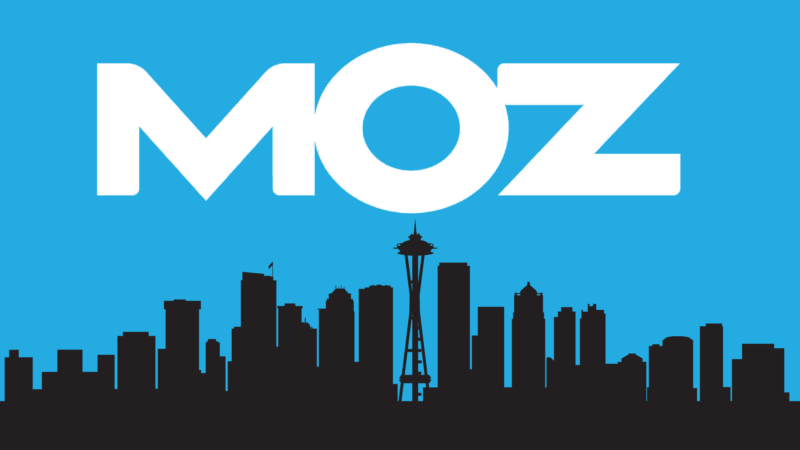In our last Google Updates article, “Understanding Panda,” we discussed the Google Panda algorithm update and how it affects websites today. The Panda algorithm seeks out low-quality content on your website and de-values the whole site. If Panda goes after the front end of a website, then the newer, meaner algorithm update, Penguin, goes after your link profile – links you’ve gotten from outside websites.
Penguin/Over-Optimization Penalty/Webspam Update
Google first rolled-out the Penguin update on April 24, 2012. Google has never explained why it gave their newest (at the time) algorithm update a cutesy, cuddly name. One can only guess that this update was similar to the Panda update, and it decided to go with a similar name theme. There is an obvious black and white theme appearing. After its launch, Google stated that the impact of the update would only hinder 3.1% of queries, a significant decrease from Panda’s 12% effect.
Unlike Panda, which historically updates every 30 days, with 25 or more known updates, Penguin has only 5 known updates. Below are the known updates and each update has a rolling period of 5-10 days, so mark them in Google Analytics:
- April 24, 2012 (launch date)
- May 25, 2012
- October 5, 2012
- May 22, 2013
- October 4, 2013
The Purpose of Penguin to Google
Much like the reason for releasing Panda, Google created this algorithm to punish spam and reward high-quality content. On the day of release, the Google Search blog posted an article talking about the update. Google directly refers to white hat and black hat marketing and explains that it endeavors to reward websites that use “white hat” tactics and punish those that use “black hat” tactics
Additionally, the article states that the new algorithm will, “… decrease rankings for sites that we believe are violating Google’s existing quality guidelines.” You can read over the guidelines yourself, but they essentially outline what Google considers attempts to manipulate PageRank and SERP positions, or their definition of black hat SEO tactics. Originally, these guidelines were upheld through manual action, where a Google employee would happen upon a site, decide if the guidelines were violated, and a human would devalue the site. Now, instead of a human devaluing your site by happenstance, the algorithm will crawl your site, look through your link profile, and devalue a site based on those factors, pointing to a subjective vs. objective role.
What Really Happened
Penguin has been known to create “false positives” or punish a website that actually hadn’t participated in bad link-building practices. Webmasters with that experience will have to ask to be reevaluated by filling out a form. Another series of strange occurrences that happened after the rollout of the first update was that some search results ended up with more spam pushed to the top of the first page – the opposite of what was intended.To many websites, Google going after black hat SEO tactics seemed like an innocuous announcement. Many website owners look at their websites and believe that they aren’t related to spam in any way. Unfortunately, that isn’t always true. Though Penguin did devalue spammy links, it also decreased rankings for websites that used spammy sites to boost their rankings.
Penguin 2.0: Next Gen
Launched in May 2013, Matt Cutts had warned that a new Penguin update was on the horizon and would be more than a data refresh. Furthermore, Cutts claimed that the algorithm had been optimized too, “… go a little bit deeper.” Many SEOs speculated what this phrasing might mean: ‘deeper ‘meaning the algorithm would dig backlink profile for the site or ‘deeper’ into Google’s own index to find more sites with bad links. In addition, this new update was predicted to affect 2.3% of English language queries as well as begin hitting websites in other languages.
A Traitorous Link Profile
The Penguin update was designed to look for signals across a website’s link profile to find evidence of black hat SEO tactics, which include, but aren’t limited to:
- Keyword stuffing
- Unnatural links/link schemes like buying links, link exchanges, large-scale guest posting, directory links, etc.
- Low-quality inbound links
- Exact match anchor text – found in bios, forums, comments
In many ways, these ‘signals’ will have to be handled manually by a webmaster in order to change them. That can be a lengthy and tedious project, and many websites were/are committing more than one of these “crimes.” Therefore, these signals will continue to stay until they are removed. There is no way to simply “cover them up” or to try and “distract” the algorithm with newer, better links. Websites are required to show that they tried to get the links removed, or the anchor text changed, which means manually contacting the offending websites to get them removed. Once you have gotten as far as possible with that tactic, then webmasters can begin using the “link disavow” option in Webmaster Tools.
Surviving the Penguin Update
Once webmasters realize they have been hit with the Penguin update and done research on which signals from their link profiles might have caused the penalties, they might just want to give up. If they want to stand a chance of recovering lost rankings, Google needs to know and be shown proof that webmasters tried to dig themselves out of the hole they created. This will take time – the whole blood, sweat, and tears metaphor. The work may take months, but there are recovery stories out there. To be straightforward – most of the success stories include a lot of help from a specialized, trustworthy SEO agency.
Stay tuned for the next Google Updates Pt. 3, when we discuss the Hummingbird update!





